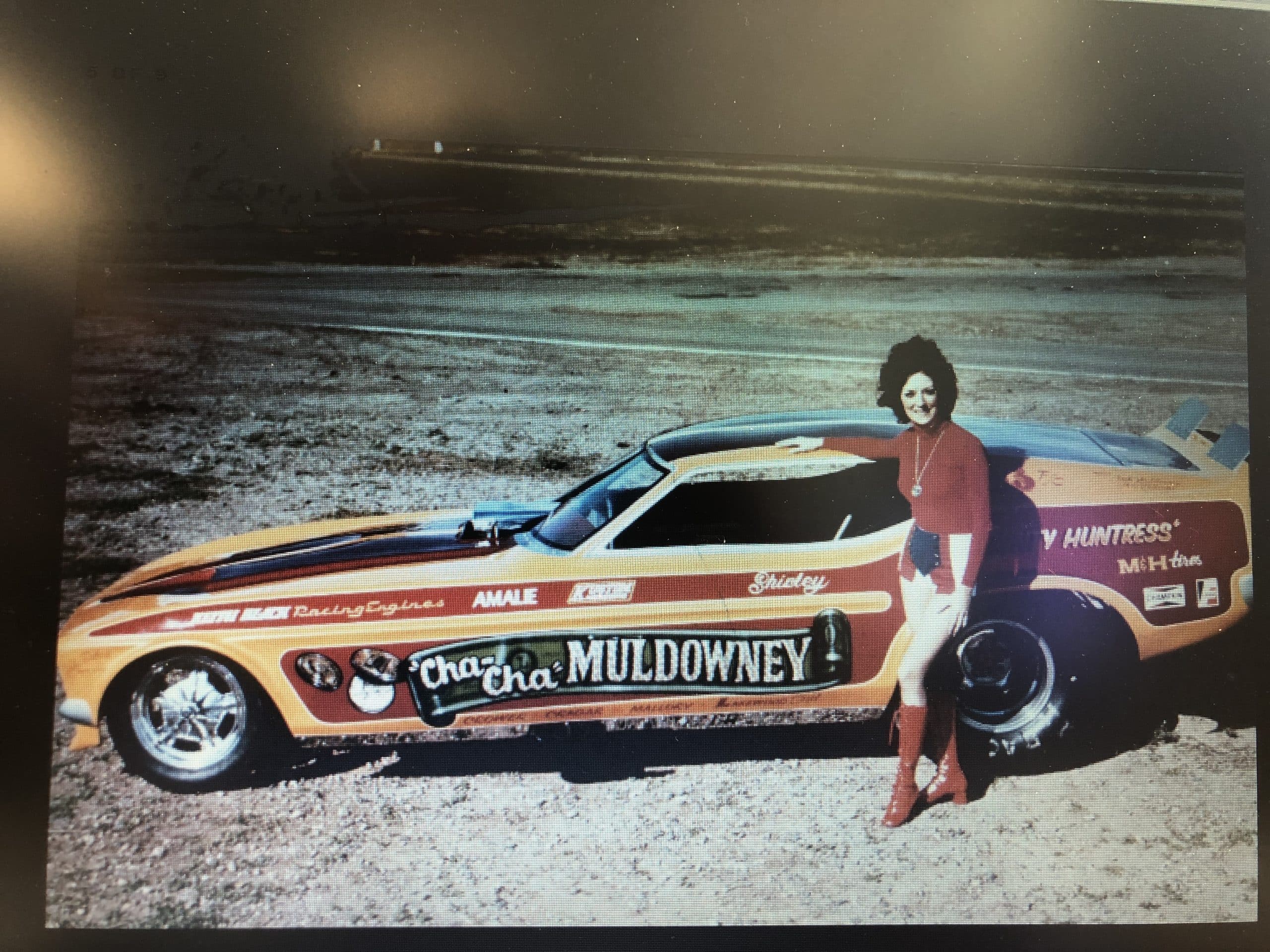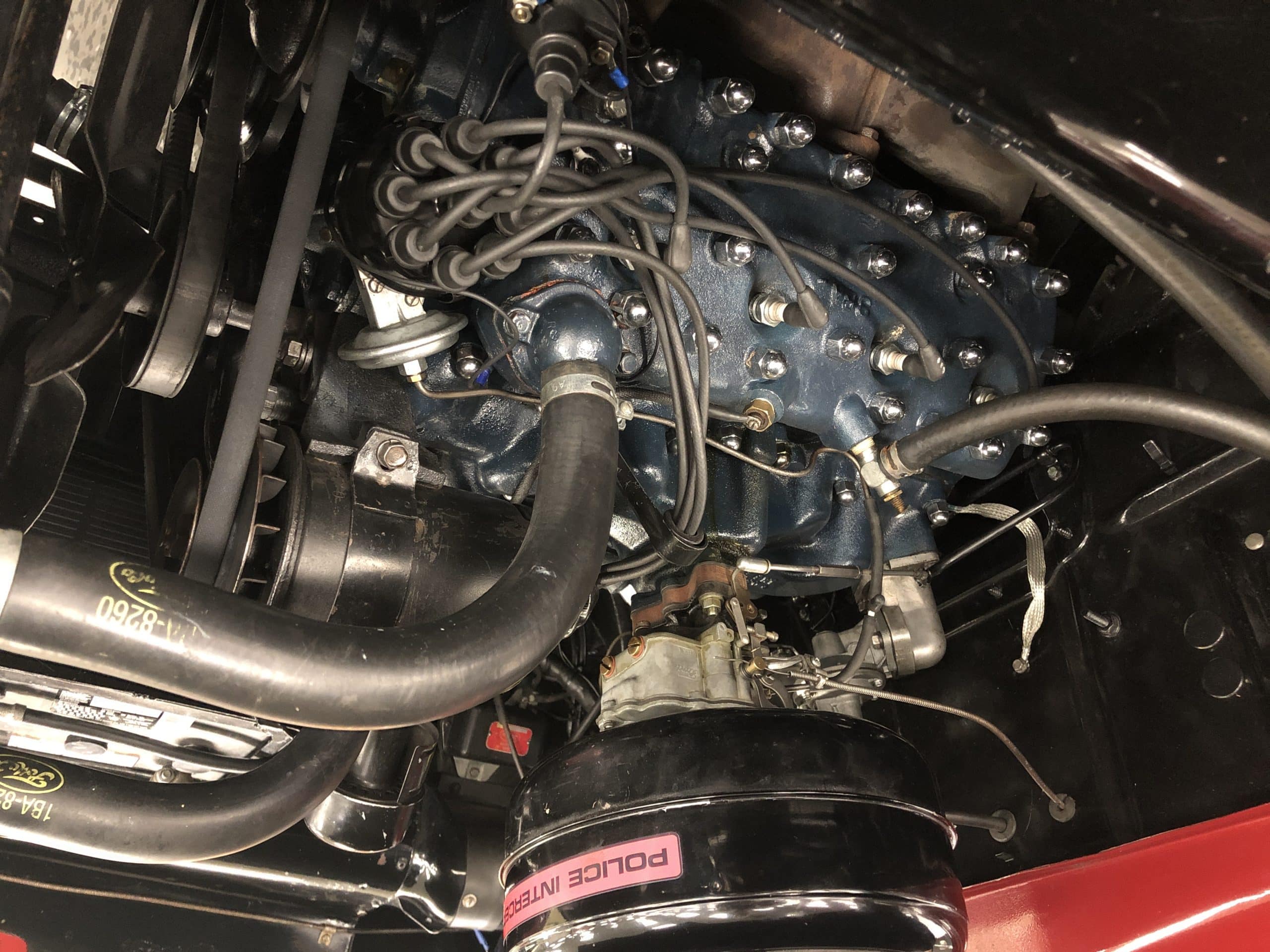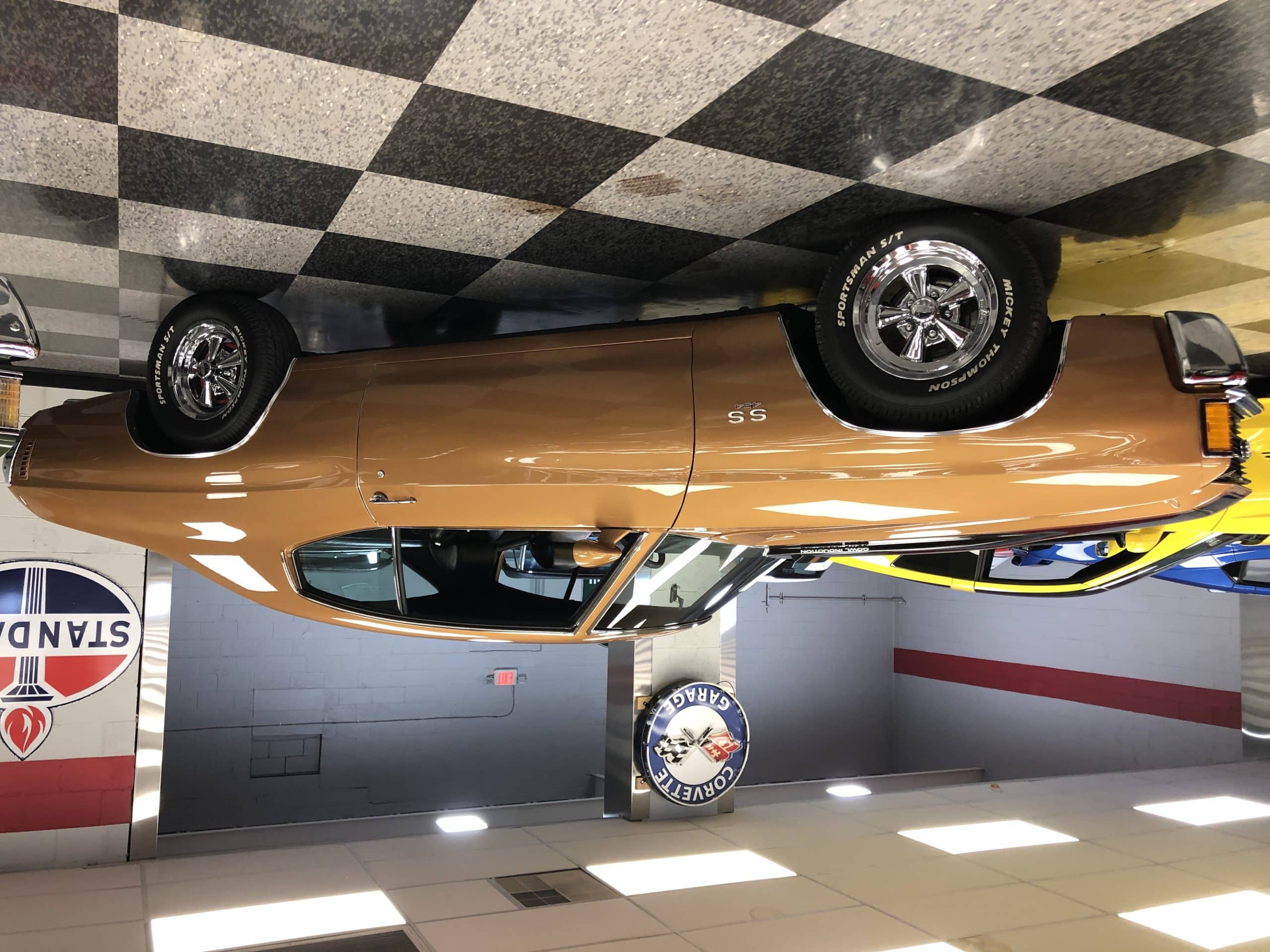In 1969, Plymouth lacked a suitable aerodynamic machine for battle on the nation’s super speedways. In response Richard Petty did the unthinkable and jumped ship to Ford. To lure him back in 1970, Plymouth created its own “winged warrior” inspired by the 1969 Dodge Charger Daytona. Based on the Road Runner, this awesome creation was called the Superbird. The Plymouth Superbird accounted for eight big-track victories in 1970, Petty was at the wheel for five of them.
Dodge was required to build a minimum of 500 Street Legal Daytonas in order for NASCAR to allow the car to race. A change in the rules for 1970 meant Plymouth would have to produce half as many Superbirds as the brand had dealers. That meant 1,900 of them needed to be built. It is a commonly accepted figure that around 1,920 were produced. At the time dealerships struggled to move the Superbirds as they proved to be a tough sell. Let’s face it, they weren’t very practical.
Though the Superbird was virtually a twin to the Charger Daytona in concept, the Superbird’s aero dynamic add- ons were unique parts developed expressly for the 1970 Road Runner body. It was an exercise in savvy corporate parts swapping and cost cutting ingenuity. The Superbird’s front nose cone was fitted to the front fenders and lengthened hood from the 1970 Dodge Coronet. All production Superbird’s were fitted with vinyl tops to hide welding seams due to a flush mounted rear window. As if the outrageous wing and pointy snout weren’t enough, Plymouth added big Road Runner graphics, flat black panels on the nose, and oversized Plymouth stickers for a more visual punch. Whatever your thoughts are about the Superbird, there is no denying it’s place in automotive and racing history. It has stood the test of time and will always be one of the most sought out and collectable cars of all time.
If you’re interested in acquiring a Superbird – Check out this 1970 that we have for sale!




